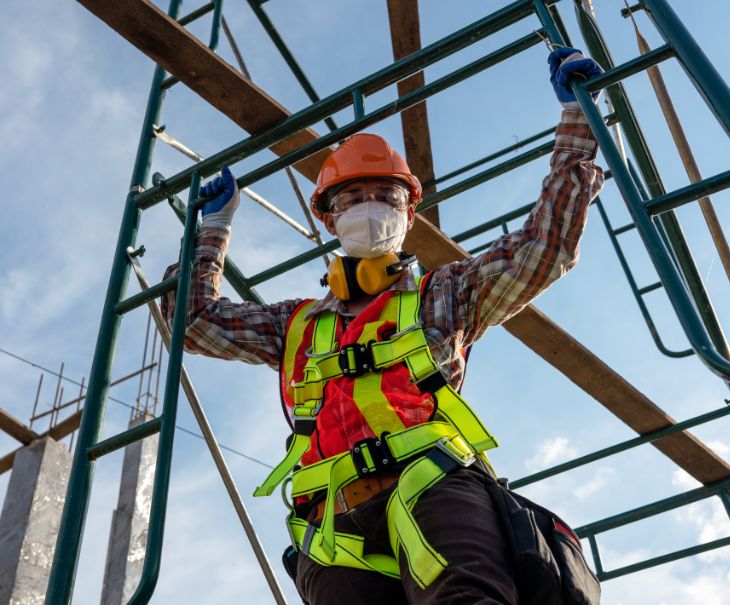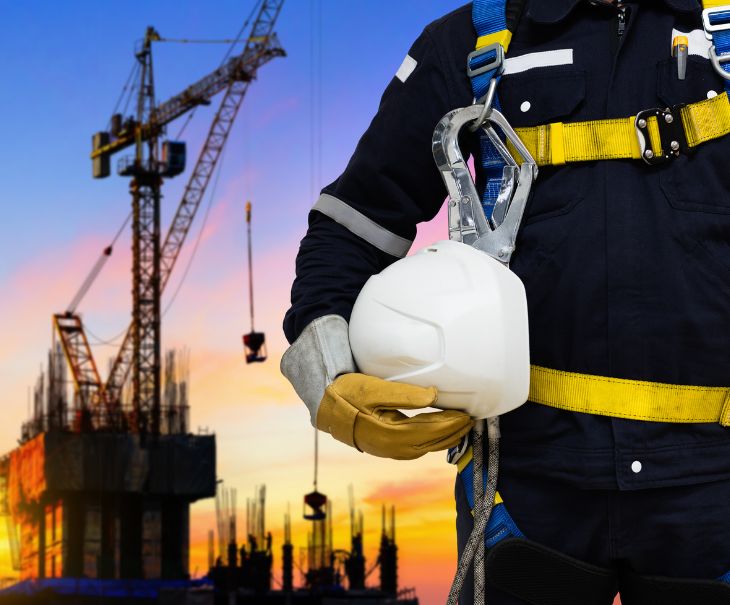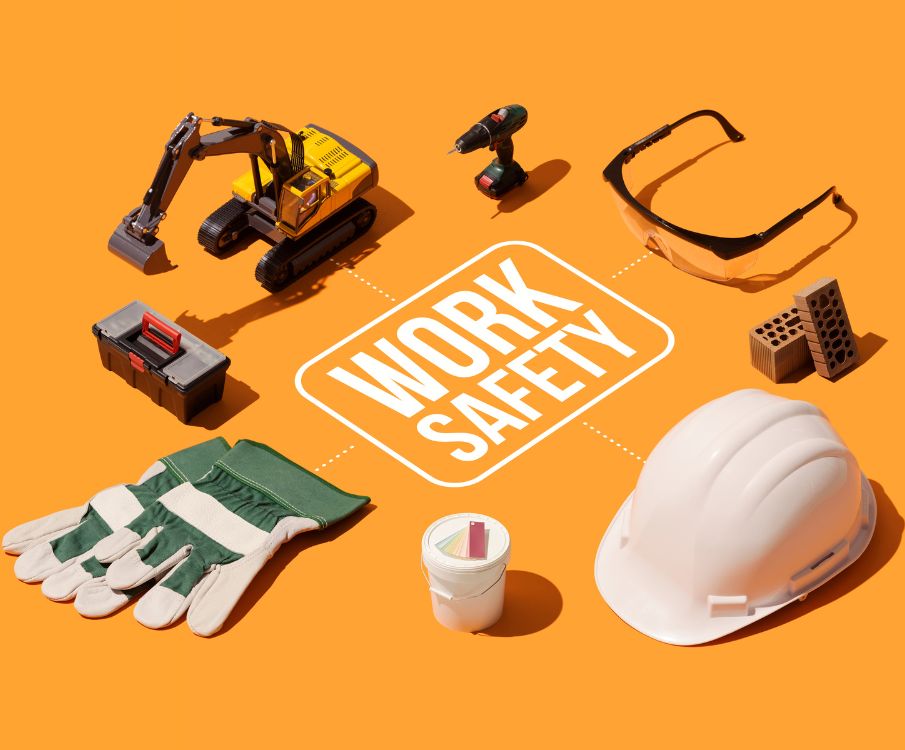Work Wear

Safety


Comfortable Workspace
Productivity

Work Wear Benifits
Professionalism
Wearing workwear that is appropriate and professional can help you present a positive image to clients, customers, and colleagues.
Branding
Some companies may use workwear as a way to promote their brand and create a sense of unity among employees.
Durability
Workwear is typically designed to withstand wear and tear, which can help you save money on replacement costs over time.
Organization
Workwear can help employees quickly identify each other and promote a sense of unity and belonging within a team.
Customization
Workwear can be customized with logos, names, and other identifying information, making it easier to keep track of equipment and personnel.
Hygiene
Workwear can help maintain good hygiene in the workplace by reducing the spread of germs and bacteria.
